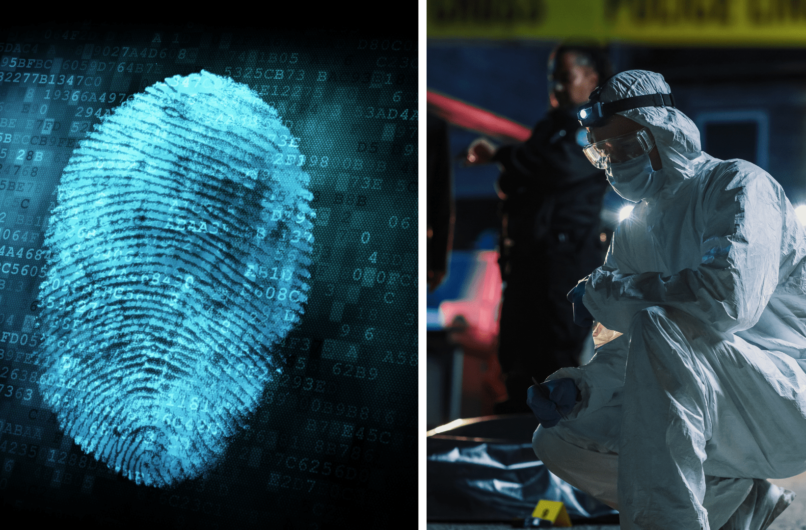
Fluorescent Nanomaterial to Transform Forensics Without Lab
The advent of a groundbreaking fluorescent nanoparticle technology is set to revolutionize forensic science. This innovative method enables the detection of latent fingermarks directly at crime scenes, potentially eliminating the need for lab facilities.
Capable of functioning on various surfaces, including metal, plastic, glass, and even complex objects like polymer banknotes, these nanoparticles promise a significant advancement over traditional forensic techniques.
High-Quality Fingerprint Images
The newly developed fluorescent nanoparticles are capable of producing high-quality fingerprint images. The majority of the fingermarks tested using this method meet the stringent UK Home Office standards for successful identification. This new method captures the finer details of a fingermark, making it easier to identify individuals, thus aiding in forensic investigations comprehensively.
Innovative Material Composition
Prof. Adriana Ribeiro from the Federal University of Alagoas explained, “We exploited the MCM’s desirable characteristics – notably high surface area and surface modification – for the case of MCM-41 to enhance the interaction between the development reagent and fingerprint residue.” This underscores the meticulous effort put into optimizing the effectiveness of the new nanomaterial.
[twitter-embed-display twitter_url=’https://twitter.com/GoogleDeepMind/status/1834232555396018464′]
Versatile Application
Representative images show the efficacy of the nanomaterial on substrates such as stainless steel, glass, plastic, and unfired brass cartridge cases. These images were taken under visible and UV light, illustrating the broad applicability of the new method.
Limitations of Traditional Methods
Researchers analyzed the developed images using forensic protocols, the UK Home Office scale, and specialized forensic software. The vast majority of enhanced fingermark images provided sufficient minutiae for comparison with model dactyloscopy images, confirming the material’s efficacy.
International Collaboration and Validation
Prof. Gianluigi Botton, CEO of Diamond Light Source, remarked, “It is pleasing to see that Diamond’s unique analytical tools once again have delivered outstanding science.” This statement highlights the critical role of advanced analytical tools in validating cutting-edge research.
Future Implications
The ability to use this technology in the field ensures quicker evidence collection and processing, which can be crucial in time-sensitive investigations. Forensic experts and law enforcement agencies stand to benefit immensely from these advancements.
Conclusion
This innovation enhances the accuracy and efficiency of forensic investigations, paving the way for more reliable and rapid evidence collection.
The introduction of fluorescent nanoparticles for latent fingermark detection heralds a new era in forensic science, characterized by enhanced efficiency and versatility.
By enabling high-quality fingermark imaging directly at crime scenes, this technology promises to transform forensic investigations, reducing reliance on traditional laboratory methods.
Source: Interestingengineering – Youtube – Twitter
- September 14, 2024
- 388
- Engineering
- 0 comment






![[IN MANILA] 580W Solar Panel Sun Energy Original Sun Power](https://lahatin.com/wp-content/uploads/2025/06/b47fe0db5eedbc1fa970b4e6e0366766-300x300.avif)
Add Comment